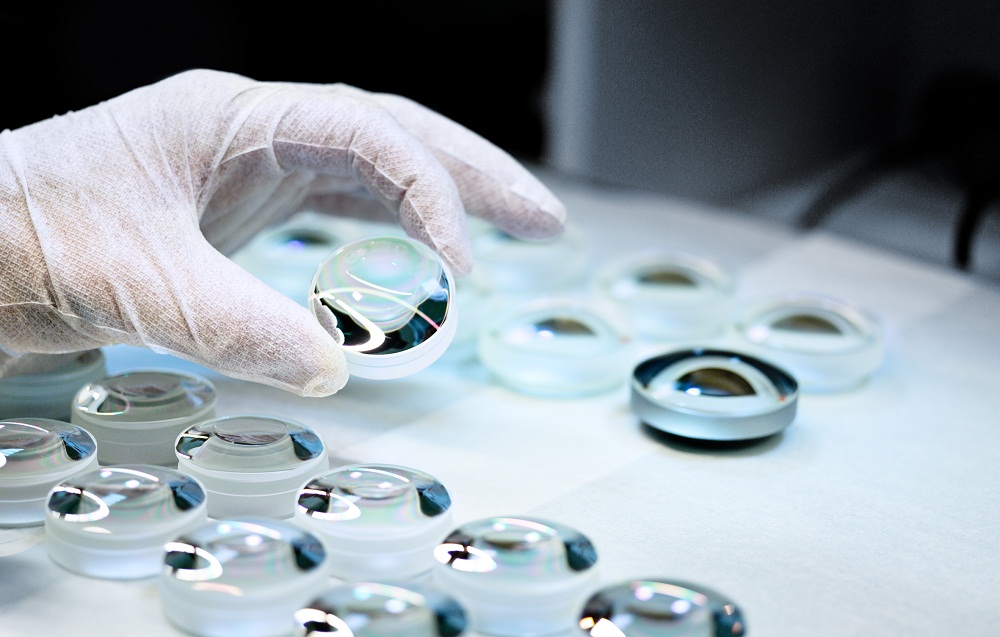Leica Lenses: A Synonym for Quality, Made in Germany
Every Leica lens is hand-crafted and goes through meticulous manufacturing processes to uphold the quality and precision that Leica defines and customers have come to expect. In the age where technology almost inevitably means mass manufacturing, Leica products are still made with exacting precision by the hands of highly-trained technicians.

In the “Leica Lenses” video, you can get a rare behind-the-scenes look at the craftsmanship and making of Leica lenses in the production facilities of Leica Camera AG in Solms.
-Leica Internet Team
To see the Leica factory in person, click here for tour information.
Share:
Comments (12)